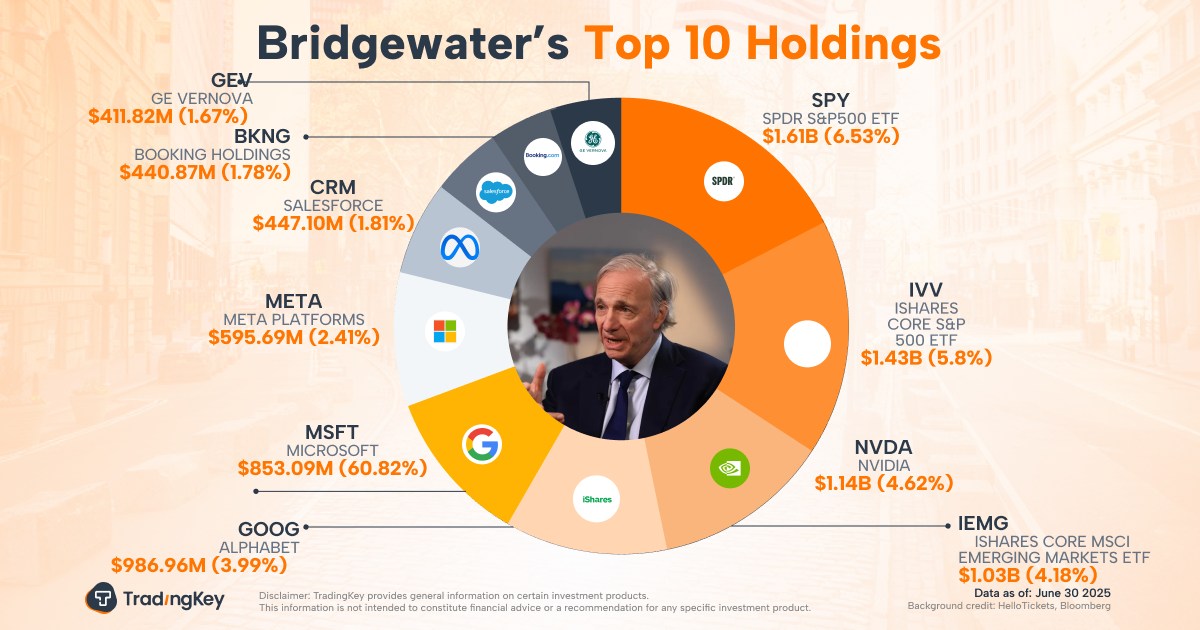Gold Price Forecast: XAU/USD holds below $3,350 ahead of US-Ukraine talks

- Gold price drifts lower to near $3,330 in Monday’s early Asian session.
- Unexpectedly strong US economic data weigh on the Gold price, but safe-haven demand might cap its downside.
- Traders brace for the Trump and Zelenskiy meeting later on Monday.
The Gold price (XAU/USD) attracts some sellers to around $3,330 during the early Asian session on Monday. The precious metal edges lower after unexpectedly strong US Producer Price Index (PPI) data. Investors will closely monitor a meeting between US President Donald Trump and Ukrainian President Volodymyr Zelenskiy later on Monday for further developments.
Hotter-than-expected PPI inflation data released on Thursday prompted traders to trim wagers on rate cuts by the Federal Reserve (Fed) in September, which creates a headwind for the yellow metal. The US Producer Price Index (PPI) rose 3.3% YoY in July, versus the 2.4% increase prior. This reading came in stronger than the expectations of 2.5% by a wide margin.
Furthermore, data released by the US Census Bureau on Friday showed that the US Retail Sales increased by 0.5% MoM in July, versus a rise of 0.9% seen in June (revised from 0.6%). This reading came in line with the market consensus.
However, the cautious mood in the market might boost the safe-haven flows and help limit gold’s losses. Bloomberg reported on Sunday that US special envoy Steve Witkoff said that Trump and Russian President Vladimir Putin agreed on Ukraine security pledges.
Witkoff further stated that the deal did not enable Ukraine to achieve its goal of NATO membership, as Russia objected to NATO admission. Gold traders will take more cues from the Trump and Zelenskiy meeting later in the day as details from the US-Russia talks remain unclear.
Gold FAQs
Gold has played a key role in human’s history as it has been widely used as a store of value and medium of exchange. Currently, apart from its shine and usage for jewelry, the precious metal is widely seen as a safe-haven asset, meaning that it is considered a good investment during turbulent times. Gold is also widely seen as a hedge against inflation and against depreciating currencies as it doesn’t rely on any specific issuer or government.
Central banks are the biggest Gold holders. In their aim to support their currencies in turbulent times, central banks tend to diversify their reserves and buy Gold to improve the perceived strength of the economy and the currency. High Gold reserves can be a source of trust for a country’s solvency. Central banks added 1,136 tonnes of Gold worth around $70 billion to their reserves in 2022, according to data from the World Gold Council. This is the highest yearly purchase since records began. Central banks from emerging economies such as China, India and Turkey are quickly increasing their Gold reserves.
Gold has an inverse correlation with the US Dollar and US Treasuries, which are both major reserve and safe-haven assets. When the Dollar depreciates, Gold tends to rise, enabling investors and central banks to diversify their assets in turbulent times. Gold is also inversely correlated with risk assets. A rally in the stock market tends to weaken Gold price, while sell-offs in riskier markets tend to favor the precious metal.
The price can move due to a wide range of factors. Geopolitical instability or fears of a deep recession can quickly make Gold price escalate due to its safe-haven status. As a yield-less asset, Gold tends to rise with lower interest rates, while higher cost of money usually weighs down on the yellow metal. Still, most moves depend on how the US Dollar (USD) behaves as the asset is priced in dollars (XAU/USD). A strong Dollar tends to keep the price of Gold controlled, whereas a weaker Dollar is likely to push Gold prices up.






